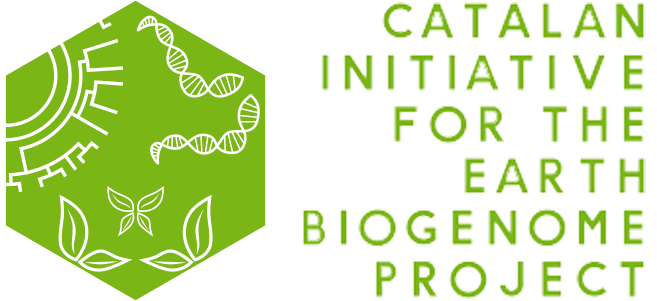One of the greatest scientific and social challenges of this millennium is to better understand the Earth’s biodiversity and to manage its resources responsibly. One powerful tool we have at our disposal that can help meet these challenges is the DNA sequencing of the species that inhabit the Earth. To this end, in 2018 the Earth BioGenome Project (EBP; www.earthbiogenome.org) was born, a project that aims to sequence and catalog eukaryotic species, in order to help preserve biodiversity and maintain human well-being in a more sustainable way. One of the co-founders of this project is Professor Harris Lewin. In his talk at the Frontiers Forum 2021 on March 25, which was attended by more than 2,000 people from around the world, Lewin reviewed the origins, goals and structure of this global project.
As Lewin explained, EBP focuses on the study of eukaryotic species: those organisms that have the genetic material mostly encapsulated within a compartment called the nucleus. There are currently an estimated twelve to eighteen million eukaryotic species inhabiting the Earth, of which we only know 1.8 million. In fact, we have very little information about the latter, and this ignorance is even more apparent when we talk about their genome: only the genome of 0.43% of the species we know has been described. Apart from the insufficient number of sequenced species, another serious problem is the low quality of the samples and the sequencing, which in many cases makes it difficult to interpret the data. The need to join forces to increase the number of species sequenced and at the same time ensure the quality of this data is clear.
Since its inception, EBP has been structured as one of the world’s largest scientific collaborations. Lewin himself defines it as an “international network of networks,” as it is the umbrella of various projects focused on specific territories or taxa involving different institutions and groups. It encompasses a total of forty-three affiliated projects from eighteen countries around the world, involving more than 5,000 people working towards the same goal. These projects include the Catalan Initiative for the Earth BioGenome Project (CBP), which is one of the affiliated projects and focuses on the study of species present in Catalan-speaking territories.
The resulting information will be key to understanding the evolution and organization of our planet, finding new phylogenetic associations, defining the relationship between genotypes and phenotypes, knowing the genes that allow organisms to adapt to climate change or predicting and monitoring new disease outbreaks. Not only will it allow us to understand biodiversity, but it will also help us stop the biodiversity loss that is currently occurring. In the last century, for example, more than five hundred species have become extinct and an estimated 35,500 are currently at risk of extinction. In this context, knowing the genome of the species around us will identify the most vulnerable to extinction and provide tools to conserve them. Finally, it will also open a range of new possibilities to boost a greener industry and boost the bioeconomy, as it will provide a basis for exploring new food technologies, identifying new pharmacy and cosmetic products, finding new ways to energy, and improve agriculture, livestock and fishing, among many others.
Twenty years ago the sequencing of the human genome was news, a great breakthrough for science and society. Now, EBP can be another key step in history, with an ambitious goal but of great relevance in many different areas. The genomic revolution began a long time ago and now we have the opportunity to take advantage of it to benefit the biodiversity of planet Earth.
You can retrieve Professor Harris Lewin’s talk at the following link.
